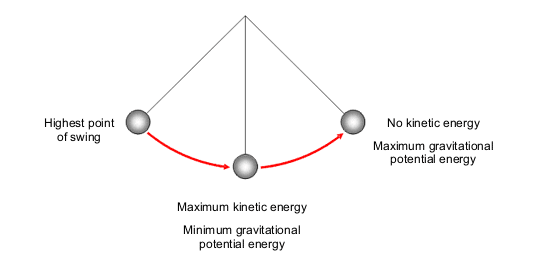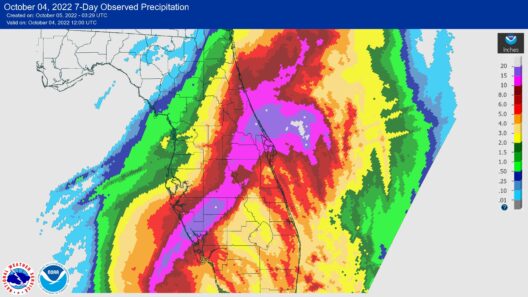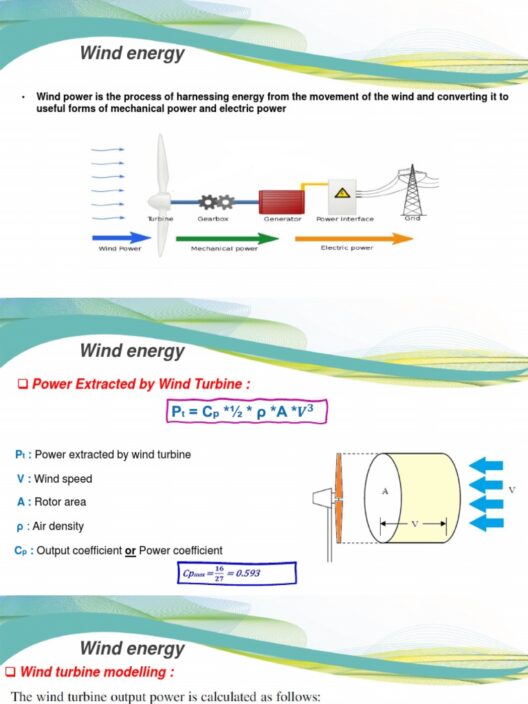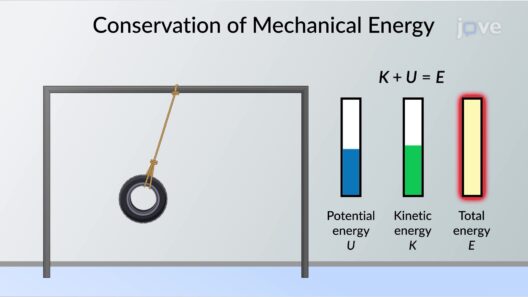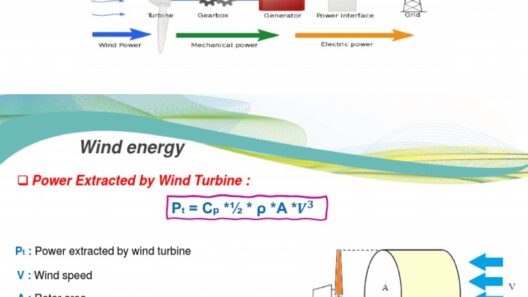The concept of energy conservation is fundamental in physics and is deeply intertwined with the principles governing heat transfer and thermal balance. As we delve into the intricacies of the heat equation, a stimulating question arises: How does this intricate mathematical representation help in conserving energy within a system? This inquiry not only beckons the curious mind but also challenges us to comprehend the underlying mechanics of thermal dynamics.
At its core, the heat equation is a partial differential equation that describes how heat diffuses through a given medium over time. This equation serves as a linchpin in thermodynamics and plays a pivotal role in energy conservation. The formulation of the heat equation can be expressed in its simplest form as:
∂u/∂t = α∇²u
Here, ‘u’ represents the temperature distribution in the medium, ‘t’ is time, and ‘α’ denotes the thermal diffusivity of the material. Within this framework, ‘∇²u’ signifies the Laplacian operator, which measures the rate at which the quantity ‘u’ changes. This equation manifests the concept that energy, though transformed from one form to another, is never lost—aligning with the principle of conservation.
Thermal energy, derived from molecular interactions, travels through conduction, convection, and radiation. Conduction involves the direct transfer of heat between molecules without the movement of the molecules themselves. Convection, on the other hand, necessitates the bulk movement of fluids, while radiation transfers energy through electromagnetic waves. The heat equation intricately encompasses these modes of energy transfer, allowing for a comprehensive understanding of how energy is distributed within a system.
Imagine a scenario: a metal rod heated at one end while the other remains cool. What happens to the thermal energy? The heat equation delineates how the thermal energy disproportionally migrates from the heated region to the cooler end until thermal equilibrium is reached. In this instance, energy conservation is upheld as the total energy within the rod remains constant, despite the spatial redistribution of heat. This phenomenon underscores the significance of the equation in real-world scenarios, from industrial applications to environmental contexts, where energy conservation is paramount.
The principle of conservation extends beyond mere thermal dynamics; it influences broader ecological systems and renewable energy solutions. The thermodynamic processes governed by the heat equation are inherently linked to climate dynamics. Understanding thermal balance is crucial for climate modeling, predicting temperature distributions in Earth’s atmosphere, and evaluating the effects of anthropogenic activities on global warming.
Furthermore, in the realm of energy systems, the heat equation aids in optimizing the performance of thermal energy storage systems. By analyzing how heat propagates over time, engineers can design more efficient solar panels and geothermal systems. These innovations not only enhance energy efficiency but also contribute to reducing the carbon footprint and mitigating climate change, showcasing a practical application of the heat equation in the quest for sustainable energy practices.
However, challenges abound. Traditional practices often overlook the thermal dynamics outlined by the heat equation, leading to inefficient energy usage and exacerbating climate issues. A playful inquiry emerges: how can we better utilize the heat equation to improve energy efficiency in everyday life? Advancements in technology pave the way, yet it requires creative thinking and awareness on our part to implement these principles effectively.
Examining everyday situations, we find various applications of the heat equation. For instance, consider a well-insulated building. The heat equation helps architects and engineers determine how to maintain thermal comfort while minimizing energy expenditure. By understanding how heat flow behaves within the building envelope, they can design structures that optimize natural heating and cooling, reducing dependence on fossil fuels.
Additionally, the heat equation can be applied to evaluate the efficiency of heating systems, such as radiators or underfloor heating. By quantifying where heat loss occurs, improvements can be made to enhance overall energy conservation. This principle encourages us to think critically about our energy choices—what adjustments can be made to reduce our environmental impact? From household appliances to transportation, the heat equation inspires a thorough reassessment of energy consumption patterns.
Moreover, engaging with the heat equation provides a platform for collaboration among scientists, educators, and the public. Empowering individuals with knowledge about thermal dynamics fosters a culture of awareness and responsibility. Communities can gather to discuss sustainable practices, advocate for energy-efficient technologies, and enact policies grounded in scientific principles. In this collective effort, the heat equation transcends the realm of theory and becomes a catalyst for tangible change.
Ultimately, the heat equation exemplifies a profound interplay between mathematics and physical phenomena. Through this paradigm, we witness the ingenious ways energy can be conserved, transformed, and utilized effectively. Whether applied in industrial processes, climate science, or everyday energy choices, the principles outlined within the heat equation resonate deeply in our pursuit of sustainability. As we consciously engage in this dialogue, it becomes clear: understanding the physics of thermal balance is not only enlightening but essential for navigating the challenges posed by climate change.
In conclusion, grasping the heat equation’s role in conserving energy urges us to adopt a conscientious approach to how we perceive and utilize thermal energy. The challenge lies in translating this understanding into actionable solutions. Thus, the question remains: how will you integrate this knowledge into your daily practices for a more sustainable future?



